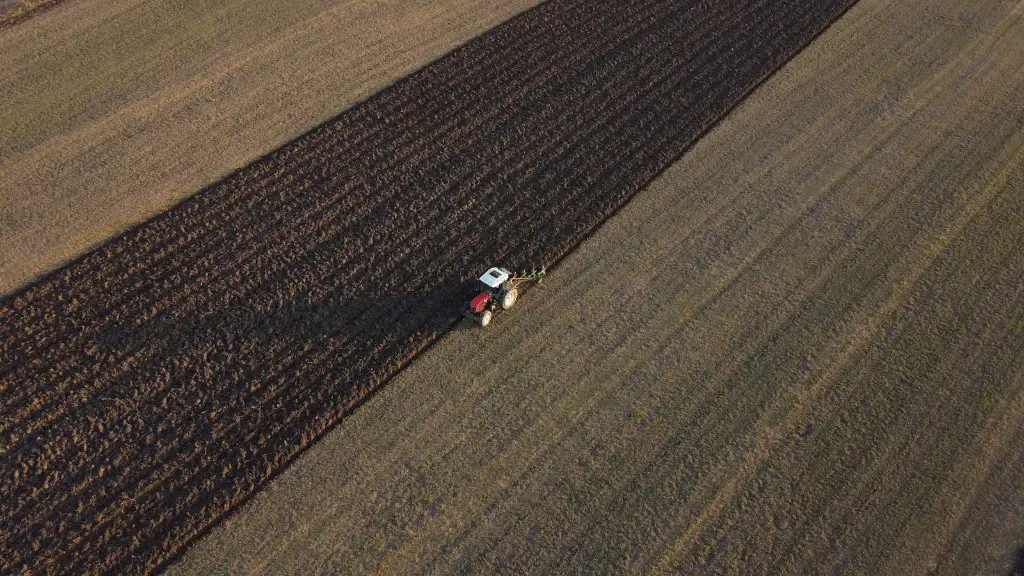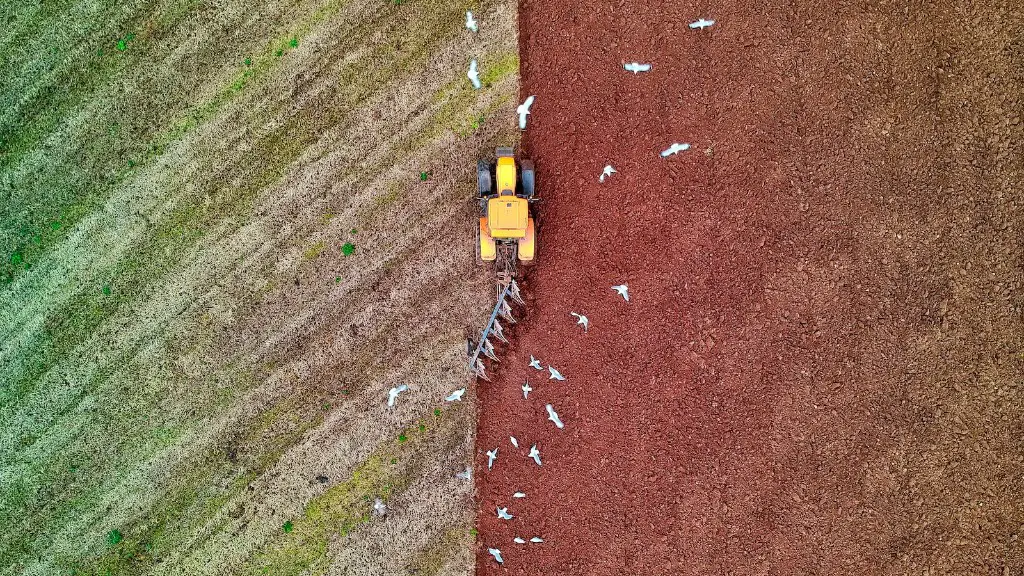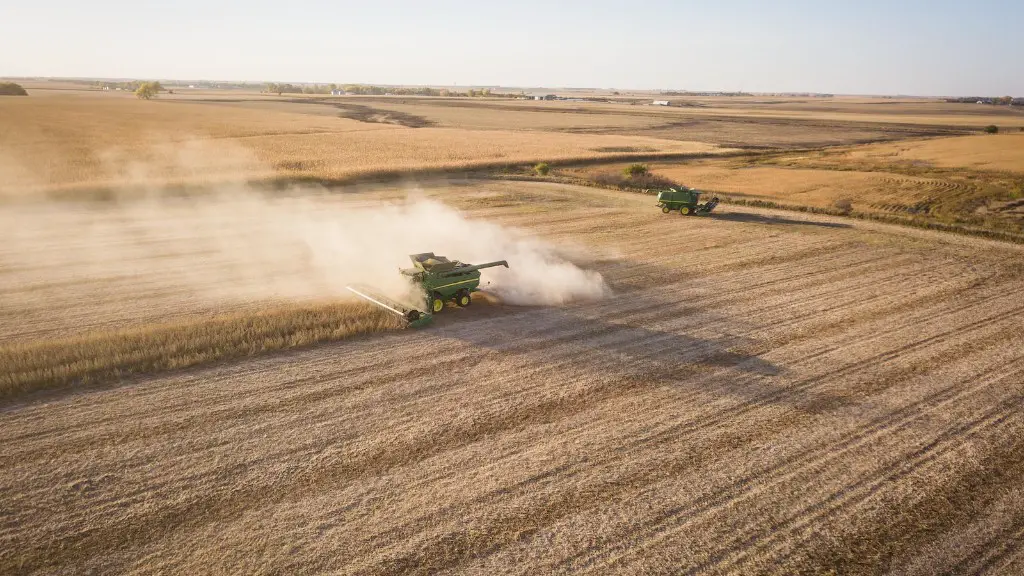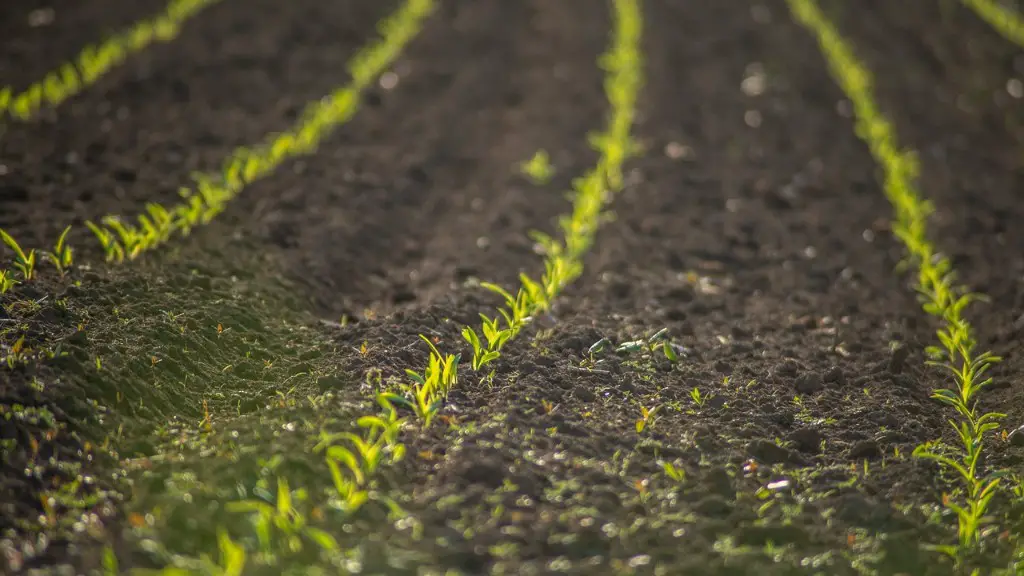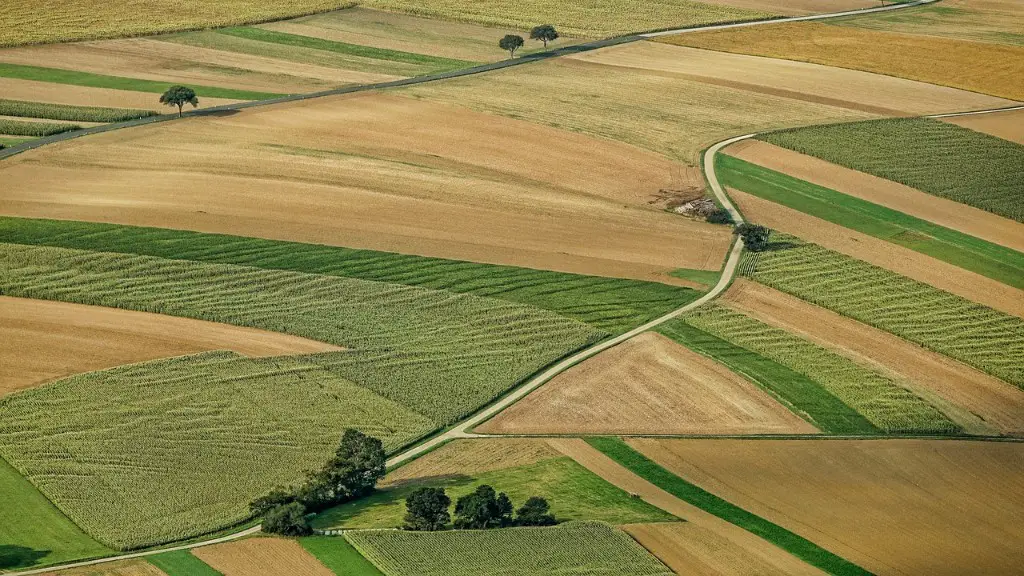In the United States, the food and agriculture industry employs more than 24 million people, according to the National Institutes of Food and Agriculture. This industry is responsible for producing the food we eat and the fiber we use to make clothing and other products. The food and agriculture industry includes a number of different job types, from farmers and ranchers to food scientists and chefs.
There are a variety of food and agriculture jobs that exist around the world. Some examples of these jobs include: farmers, agricultural workers, food scientists, and food inspectors. These occupations are important in ensuring that the food we eat is safe and of good quality.
What does it mean to work in food and agriculture?
Agricultural and food scientists work to improve the productivity and sustainability of field crops and farm animals. They may conduct research and experiments to develop new food products and better ways to process, package, and deliver them. In addition, agricultural and food scientists may work to improve the efficiency of food production and distribution systems.
Agricultural workers are responsible for a variety of tasks on farms and in agricultural settings. They may operate farm equipment, plant and harvest crops, and care for livestock. Some agricultural workers may also be responsible for marketing and selling crops and other farm products.
What are the 7 sectors of agriculture
There are a few different sectors that are related to agriculture. These include food and beverage manufacturing, food and beverage stores, food services and eating/drinking places, textiles, apparel, and leather products, and forestry and fishing. All of these sectors play a role in the agriculture industry and help to contribute to the production of food and other products that are derived from agriculture.
Agriculture is the cultivation of land and raising of animals for the purpose of producing food, while food is the nourishment that we get from what is grown and raised. Both are essential for our survival, but they are not the same thing.
What is the main work for agriculture?
Farmers are responsible for planting, fertilizing, and harvesting plants, as well as feeding and herding groups of animals. They must also provide special diets and care for animals, depending on their specialty.
The agricultural sector employs a significant share of the world’s workforce, especially in developing countries. In many countries, agriculture is the largest employer, with a large share of the workforce working in small family farms. Agriculture is a vital sector of the economy, providing food, feed, fiber, and other products and services. The sector also supports a range of other industries, including marketing, processing, transportation, and financial services.
What are the 10 most in demand positions in agriculture?
There are many top careers in agriculture that students can pursue after completing their studies. Agricultural engineers work to develop new ways to improve and optimize agricultural production. Agricultural economists conduct research on the economic impact of agriculture and farm policy. Farm managers are responsible for the day-to-day operations of a farm, including budgeting, crop production, and livestock care. Soil and plant scientists conduct research on the physical and chemical properties of soils and plants, and develop new ways to improve crop yield and quality. Conservation planners develop plans to protect and conserve natural resources, and agricultural salespeople work to promote and sell agricultural products.
This is according to the USDA. California’s large agriculture industry is driven by the state’s mild climate and diverse geography. California produces more than 400 different crops, including grapes, almonds, oranges, and tomatoes. The state is also the top producer of milk and eggs.
What are the 8 major career areas in agriculture
The agricultural industry is vital to the economy and way of life in many parts of the world. The industry is responsible for producing food, fiber, and other valuable resources. Agricultural production involves a wide range of activities, from farming and ranching to food processing and distribution. Mechanics and technology are essential to the industry, and there is a need for professionals with specialized knowledge in all aspects of agriculture. Renewable natural resources, such as water and soil, are essential to the sector, and a reliable supply of agricultural supplies and services is necessary to support the industry.
Farms come in all shapes and sizes, and each type of farm has its own unique purpose and methods. Here are 15 different types of farms to give you a better idea of the wide variety of farm types out there:
1. Aquaculture Farming: Aquaculture farming is the practice of raising aquatic animals or plants for food or other commercial purposes.
2. Cooperative Farming: Cooperative farming is a type of farming in which farmers work together to pool their resources and knowledge in order to improve economic efficiency and farm productivity.
3. Hay Farming: Hay farming is the process of growing and harvesting hay for use as animal feed or bedding.
4. Organic Farming: Organic farming is a type of agriculture that focuses on producing food and other agricultural products without the use of synthetic chemicals.
5. Urban Farming: Urban farming is the practice of growing crops and raising livestock within the confines of a city.
6. Nomadic Farming: Nomadic farming is a type of farming in which farmers move their herds from one place to another in search of pastures or water.
7. Sedentary Farming: Sedentary farming is a type of agriculture in which farmers remain in one place to grow crops or rear animals
What are the 9 agriculture career focus areas?
There are many different agricultural careers that fit into nine exciting focus areas. These include agribusiness, animal, biotechnology, environmental service, food products and processing, natural resources, plant, power, structural and technical, and agricultural education. Each focus area offers different opportunities and challenges that can lead to a rewarding career in agriculture.
Agriculture is the cultivation of land and breeding of animals and plants to provide food, fiber, and other products to sustain and enhance human life. Agriculture was the key development in the rise of sedentary human civilization, whereby farming of domesticated species created food surpluses that allowed people to live in cities. The study of agriculture is known as agricultural science. Agriculture encompasses a wide range of specializations and techniques, including arboriculture, agronomy, horticulture, plant breeding, crop physiology, crop production, animal husbandry, soil science, and agricultural engineering.
What are the 6 food categories of agriculture
The six food groups are: vegetables, fruits, grains, protein foods, dairy, and oils. Each food group has its own unique set of nutrients that are essential for maintaining a healthy diet.
Vegetables are a good source of vitamins, minerals, and fiber. They can be eaten cooked or raw, and can be fresh, frozen, or canned.
Fruits are a good source of vitamins, minerals, and fiber. They can be eaten whole, as juice, or as a part of a dish.
Grains are a good source of vitamins, minerals, and fiber. They can be eaten whole, as flour, or as a part of a dish.
Protein foods are a good source of vitamins, minerals, and protein. They can be eaten cooked or raw, and can be fresh, frozen, or canned.
Dairy is a good source of calcium, vitamin D, and protein. It can be eaten whole, as milk or yogurt, or as a part of a dish.
Oils are a good source of vitamins, minerals, and healthy fats. They can be used for cooking or as a part of a dish.
Livestock production refers to the raising of animals for meat, milk, or other products.
Crop production focuses on the growth of plants for food, feed, or fiber.
Agricultural economics deals with the economic aspects of agriculture, including the markets for agricultural products, the economic efficiency of agricultural production, and policy issues related to agriculture.
Agricultural engineering focuses on the application of engineering principles to the problems of agriculture, including the development of new technologies for crop and livestock production, the design of agricultural machinery, and the management of natural resources.
What is counted as agriculture?
The Agriculture, Forestry, Fishing and Hunting sector plays a vital role in the U.S. economy. This sector comprises a wide range of establishments, including farms, ranches, timberlands, and fishing and hunting operations. These businesses raise crops, livestock, and timber, and harvest fish and other animals from their natural habitats.
The sector contributes more than $1 trillion to the economy each year and employs nearly 2 million workers. Agriculture is the largest component of the sector, accounting for more than half of its economic activity. forestry and fishing are the next largest contributors, followed by hunting.
The Agriculture, Forestry, Fishing and Hunting sector is vital to the nation’s food security and environmental health. The sector produces a wide variety of food, fiber, and other raw materials that are essential to the U.S. economy and way of life. The sector also plays a key role in maintaining the nation’s forests, wetlands, and other ecosystems.
The highest paying jobs in agriculture typically involve management or engineering positions. Agricultural engineers and managers can earn six figures or more, while agronomists and food scientists typically earn salaries in the high five-figure range. Veterinarians, sales representatives, and winemakers can also earn good salaries, but typically not as high as those in management and engineering.
Conclusion
Some examples of jobs in food and agriculture are farmers, agricultural workers, food scientists, and food production workers.
The food and agriculture industry employs millions of people around the world. Jobs in this industry are diverse, ranging from farmers and ranchers to food scientists and marketing executives. Most jobs in the food and agriculture industry are driven by the production and distribution of food and fiber, but there are also many non-production jobs that support the industry, such as marketing, finance, and administrative jobs.
